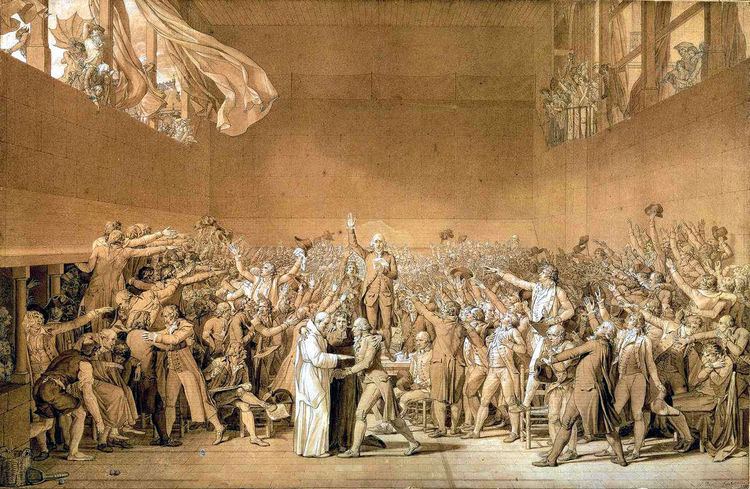Established 1794 (1794) Location Paris, France President Jean-Paul Herteman Founded 1794 | Vice-Chancellor Bernard Racimora Phone +33 1 40 27 23 30 Number of students 110,000 | |
 | ||
Motto in English It teaches everyone everywhere Type Public, Grand établissement, Grande école Chancellor Olivier FARON (since 2013) Address 292 Rue Saint-Martin, 75003 Paris, France Motto Docet omnes ubique (It teaches everyone everywhere, la, ...) Notable alumni Mohammed Dionne, Thierry Malet, Lucien Rouzet Similar Arts et Métiers ParisTech, University of Paris, Pantheon‑Sorbonne University, HEC Paris, Paris Dauphine University Profiles | ||
Pr sentation du conservatoire national des arts et m tiers
The Conservatoire National des Arts et Métiers (CNAM), or National Conservatory of Arts and Crafts, is a famous and prestigious doctoral degree-granting higher education establishment (or grand établissement) and Grande école which means elites school, operated by the French government, dedicated to providing education and conducting research for the promotion of science and industry. It has a large museum of inventions accessible to the public with over 250 000 visitors per year.
Contents
- Pr sentation du conservatoire national des arts et m tiers
- Le cnam conservatoire national des arts et m tiers
- Missions
- Organization two schools and fourteen departments
- Training
- Personalities of the Conservatoire National des Arts et Mtiers
- References
It was founded on 10 October 1794, during the French Revolution. It was first proposed by Abbé Henri Grégoire as a "depository for machines, models, tools, drawings, descriptions and books in all the areas of the arts and trades". The deserted Priory of Saint-Martin-des-Champs (and particularly its Gothic refectory by Pierre de Montereau) was selected as the site of collection, which formally opened in 1802.
Originally charged with the collection of inventions, it has since become an educational institution. At the present time, it is known primarily as a continuing education school for adults seeking engineering (multidisciplinary scientific program) and business degrees, proposing evening classes in a variety of topics.
The collection of inventions is now operated by the Musée des Arts et Métiers. The original Foucault pendulum was exhibited as part of the collection, but was moved to the Panthéon in 1995 during museum renovation. It was later reinstalled in the Musée des Arts et Métiers. On 6 April 2010, the cable suspending the original pendulum bob snapped causing irreparable damage to the pendulum and to the marble flooring of the museum.
The novel Foucault's Pendulum by Umberto Eco deals greatly with this establishment, as the Foucault pendulum hung in the museum plays a great role in the storyline. The novel was published in 1989 prior to the pendulum being moved back to the Panthéon during museum reconstruction.
The Conservatoire National des Arts et Métiers is located at 292 rue Saint Martin, in the 3rd arrondissement of Paris, in the historical area of the city named Le Marais.
Le cnam conservatoire national des arts et m tiers
Missions
The Conservatoire National des Arts et Métiers (Cnam) is a public institution of the French government, in the scientific, cultural and professional fields, with the status of "Grand Etablissement" (elite school). Under the supervision of the Ministry of Higher Education, it has 3 missions:
It is implemented in more than 150 cities in France and abroad. Cnam's motto is "Omnes docet ubique", which means "He (or it) teaches everyone everywhere."
Organization: two schools and fourteen departments
Since July 2010, Cnam has been organized in two distinct "Schools", each one with seven departments:
Training
The CNAM supports continuing education; it offers:.
All teachings are formatted to comply with the CNAM LMD (Licence-Master-Doctorate), and thus respecting the European Credit Transfer System.
